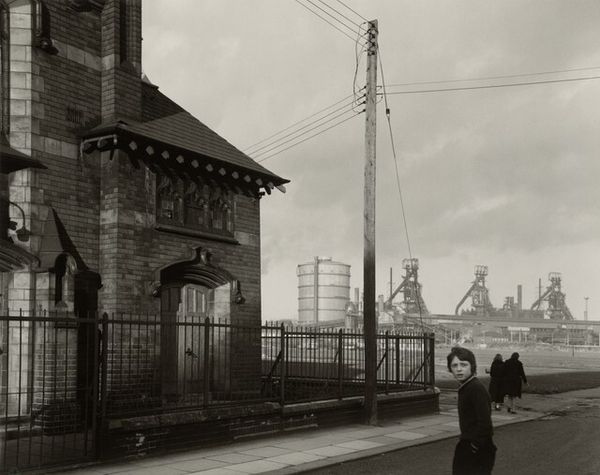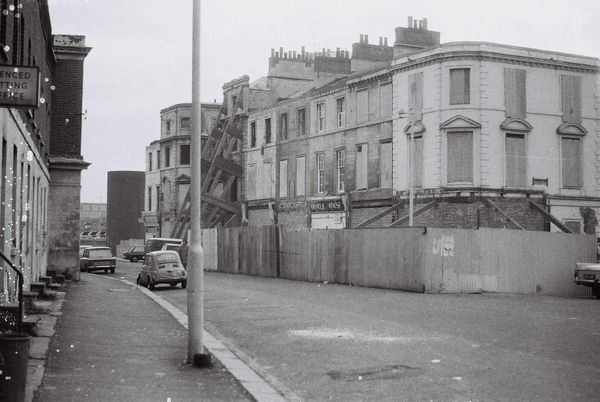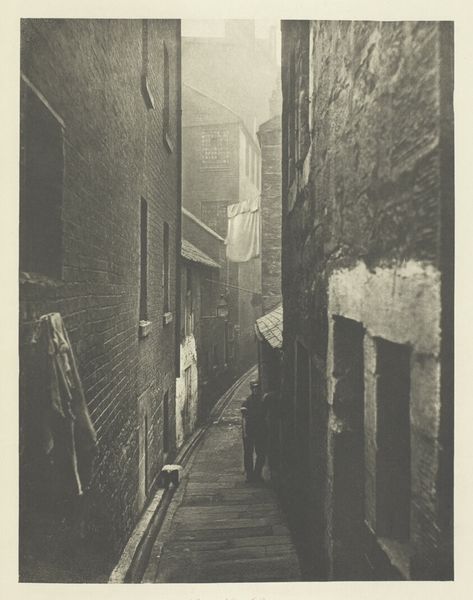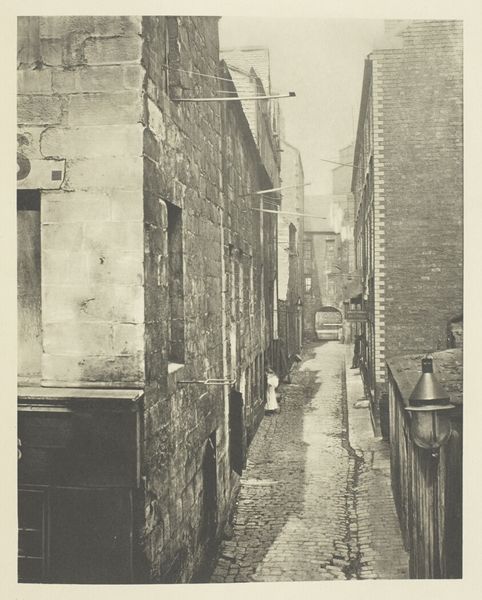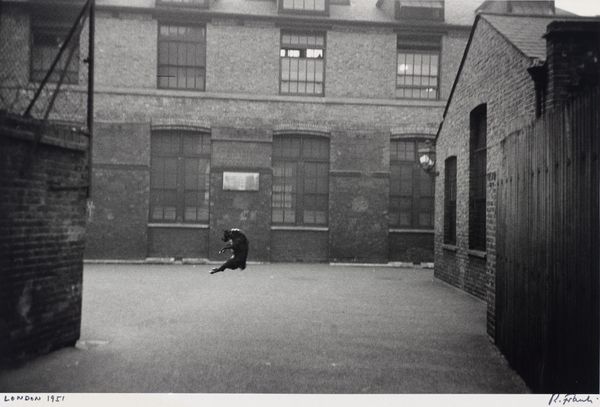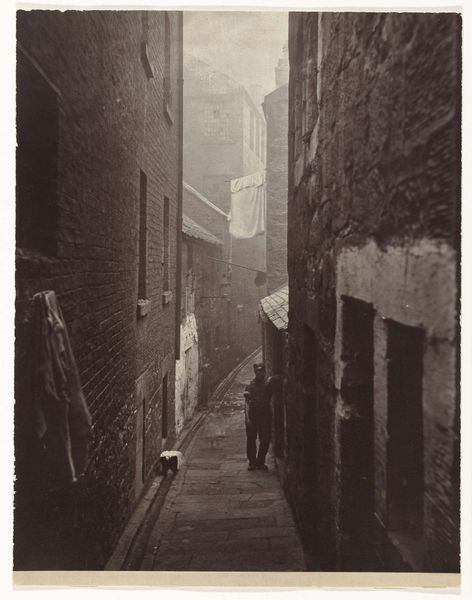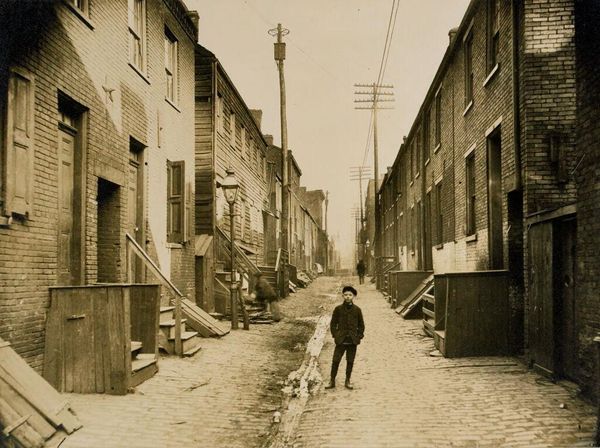
photography
#
black and white photography
#
landscape
#
black and white format
#
historic architecture
#
photography
#
monochrome photography
#
cityscape
#
man-made
#
modernism
#
realism
#
monochrome
Dimensions: image: 22.8 x 19.6 cm (9 x 7 11/16 in.) sheet: 25.5 x 20.2 cm (10 1/16 x 7 15/16 in.)
Copyright: National Gallery of Art: CC0 1.0
Photography is everywhere. We carry portable cameras in our pockets almost every second of the day! But a good photograph can offer us a glimpse into someone else’s life, and make us think about our own more deeply. This is ‘November in the Suburb’, taken by the British photographer Bill Brandt in 1933. Brandt was one of the best-known photographers of the last century, and became interested in documenting everyday life after moving to London. He said, ‘the extreme social contrast, during those years before the war, was, visually, very inspiring for me.’ How do you think this is reflected in ‘November in the Suburb’? Photojournalism focussed on the lives of the working and middle classes was rare in postwar Britain. Brandt was inspired by the author George Orwell’s explorations of real-life class division. As well as suburban towns, he also documented slums and abandoned buildings. This photograph may look mundane at first. It depicts several rows of houses in monotone black and white. The houses are all identical, creating a satisfying uniformity. Yet the precision of their layout seems cold and almost robotic. Where’s the humanity? However, Brandt was keen to emphasise that each building was home to a unique person or family. He captured the scene early on a winter morning. In just a few hours, these streets would have been bustling with people on their way to work and children on their way to school. The grey brick houses might seem lifeless from the outside, yet they are brimming with hopes and worries within. The photographer staged this photo from above, using an aerial perspective. The work literally and symbolically looks down on multiple lives. How do you feel when viewing the work? You might feel a sense of insignificance, or perhaps a unity with the people inside.
Comments
No comments
Be the first to comment and join the conversation on the ultimate creative platform.


